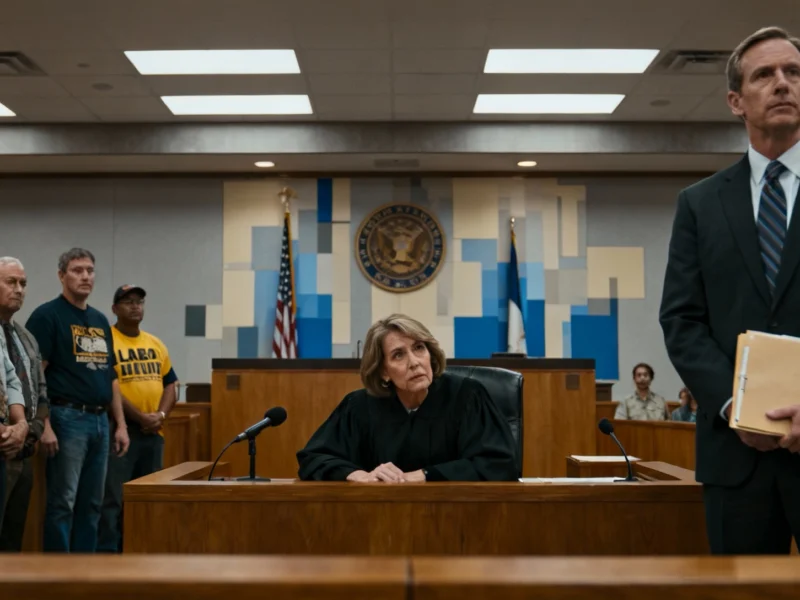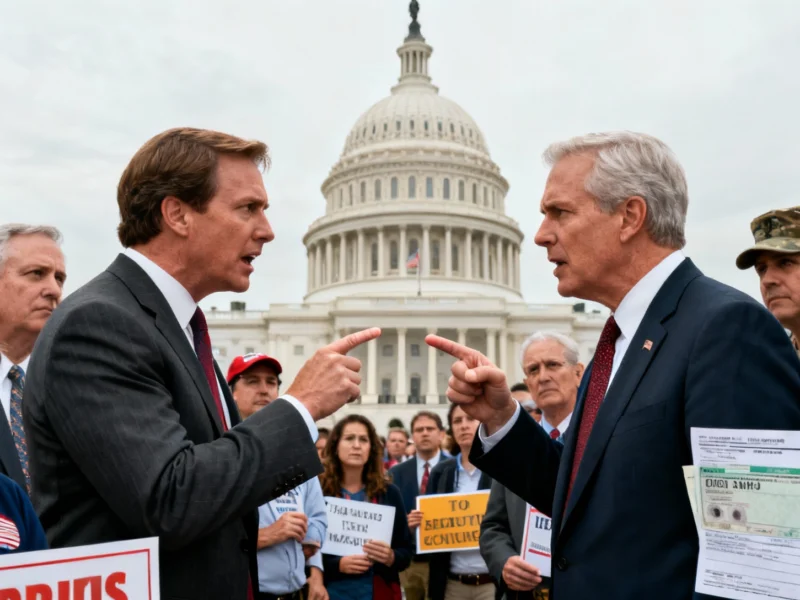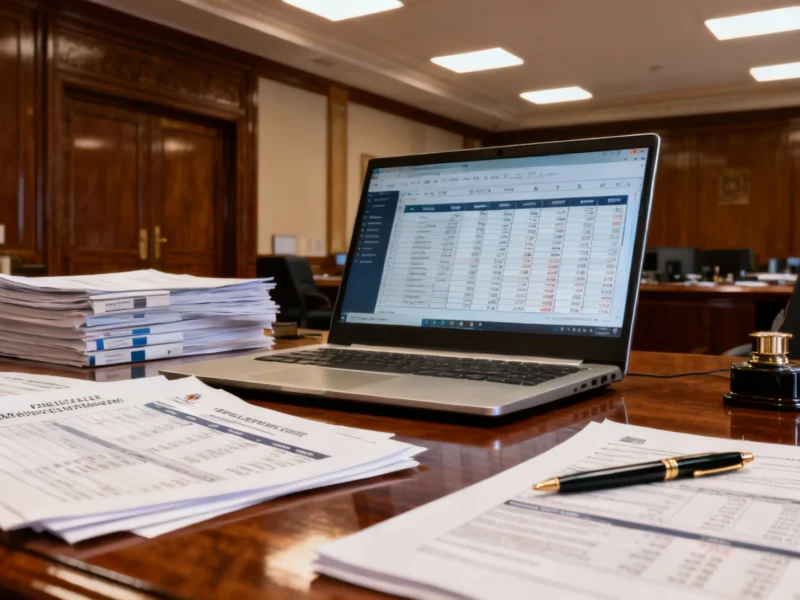Federal Judge Halts Administration’s Shutdown Firings
A federal judge has issued a temporary injunction blocking the Trump administration’s plan to fire thousands of federal employees during the ongoing government shutdown, according to court documents unsealed today. Judge Susan Illston of the US District Court for the Northern District of California granted the emergency motion filed by labor unions representing federal workers, stating that plaintiffs would likely demonstrate the administration’s actions were “illegal and in excess of authority.”
Judge Questions Administration’s Legal Authority
During the hearing, Judge Illston expressed strong skepticism about the administration’s legal position, stating that evidence suggested officials had “taken advantage of the lapse in government spending” to assume “the laws don’t apply to them anymore.” The ruling represents a significant legal setback for the administration’s controversial government shutdown strategy, which included plans for what officials described as “reductions in force” across multiple agencies.
Sources indicate that Justice Department attorney Elizabeth Hedges declined to discuss the merits of the case during the hearing, telling the court she wasn’t prepared to address the legal arguments at this time. The temporary injunction remains in effect pending further proceedings.
Unions Challenge “Unprecedented” Firings
The legal challenge was brought by the American Federation of Government Employees (AFGE) and the American Federation of State, County and Municipal Employees (AFSCME), who filed their lawsuit on September 30 after the administration threatened mass firing of federal workers during the shutdown. According to the unions’ complaint, no previous government shutdown has resulted in mass layoffs of federal workers.
“In AFGE’s 93 years of existence under several presidential administrations – including during Trump’s first term – no president has ever decided to fire thousands of furloughed workers during a government shutdown,” said AFGE President Everett Kelley in a statement. The unions allege the Office of Management and Budget, through Director Russell Vought, violated federal law by making firing threats and instructing employees to carry out work related to the terminations during the shutdown.
Administration Had Planned Extensive Cuts
The ruling comes just hours after OMB Director Russell Vought stated on The Charlie Kirk Show that additional cuts were forthcoming, claiming the firings could affect “north of 10,000” workers. On October 10, the administration had already announced reductions in force across seven federal agencies affecting at least 4,100 workers, citing the shutdown as justification.
Analysts suggest the administration’s approach represented an unprecedented escalation of shutdown tactics, with the White House using the funding lapse to advance broader workforce reduction goals. The lawsuit names both OMB and the Office of Personnel Management as defendants, with the plaintiff unions arguing the agencies exceeded their statutory authority.
Legal and Political Implications
The case has significant implications for how future administrations might approach government shutdowns and workforce management. According to reports, the administration’s legal team now faces the challenge of convincing the court that the firings were legally justified under federal personnel laws and shutdown procedures.
Social media responses to the ruling have been mixed, with some commentators praising the decision as a check on executive overreach, while others questioned the judiciary’s role in what they characterized as personnel matters. The case continues to unfold as the Northern District of California maintains jurisdiction over the temporary restraining order.
The report states that similar workforce actions have drawn legal scrutiny in other contexts, though the combination of shutdown conditions and mass terminations appears to be without precedent in modern federal employment history. As the legal battle continues, affected workers remain in limbo, with their employment status dependent on the court’s final determination.
This article aggregates information from publicly available sources. All trademarks and copyrights belong to their respective owners.



